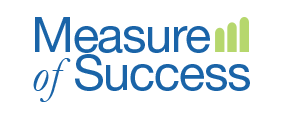© 2024 Measure of Success. Created for free using WordPress and Kubio
Blog Posts
Latest Comments
No comments to show.
Oral tradition and written word in the workplace
Bloomberg published a fascinating article on a potential transition from society’s reliance on the written word to a society that works more heavily in spoken[…]
We have a diversity problem? Who says?
Earlier this month, Chris MacDonald wrote about diversity programs and why they fail. The list of reasons includes breeding resentment toward the marginalized group for[…]
Diversity Boxes – ticking and talking
The Schumpeter column of The Economist took a run at diversity this week with the hypothesis that fatigue is big part of the problem. This[…]
© 2024 Measure of Success. Created for free using WordPress and Kubio
